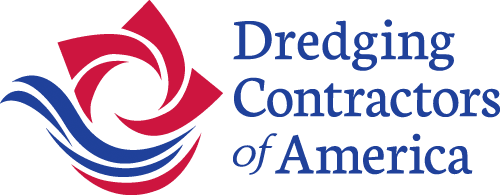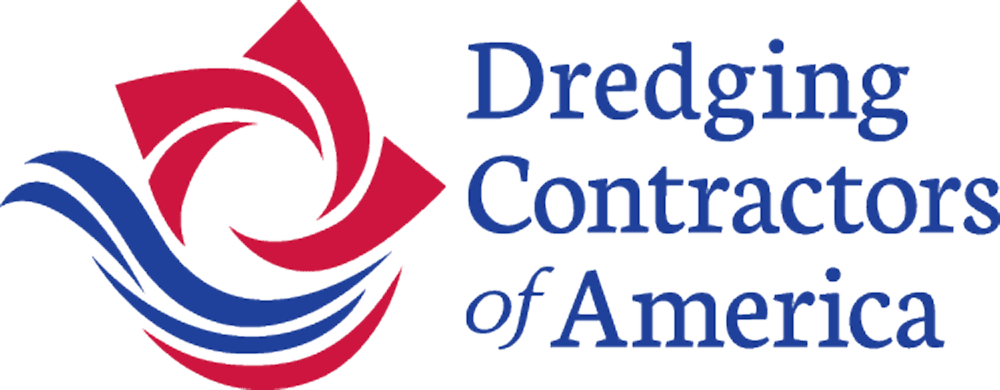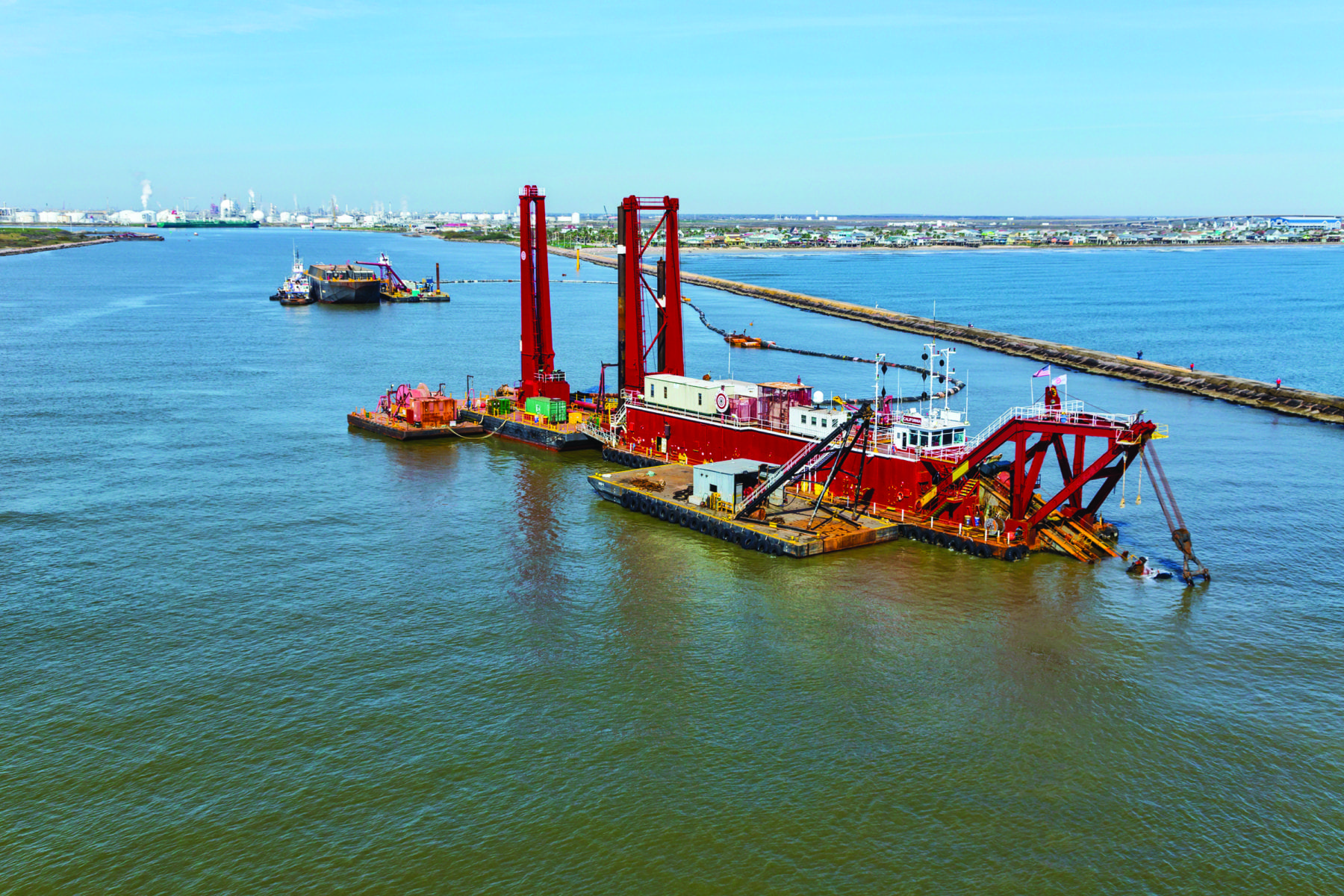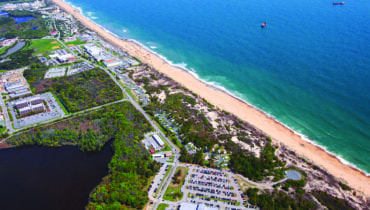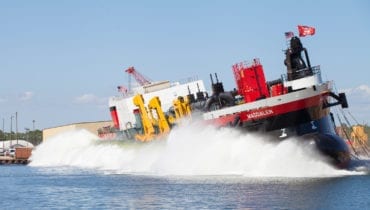The Army Corps of Engineers released its allocations for the Donor and Energy Transfer Ports in its Operation and Maintenance Work Plan (released 10 February 2020).
“Congress and the Army Corps of Engineers continue to follow recent past precedence in allocating important funding for harbors and waterways that are considered energy transfer and donor ports,” said William P. Doyle, CEO of the Dredging Contractors of America. “The program works as designed and helps to keep commerce flowing through our ports and on America’s waterways.”
Donor and Energy Transfer Ports are legislative programs created through an act of Congress in the Water Resources Reform and Development Act of 2014 (WRRDA 2014). In 2o16, the treatment of Donor and Energy Transfer Ports was amended in the Water Infrastructure Improvements for the Nation Act (WIIN Act 2016).
The WIIN Act amends the Water Resources Reform and Development Act of 2014 (WRRDA 2014) to revise the payment allocations to donor ports and energy transfer ports through the establishment of a new category of medium-sized donor ports that are eligible for funding if they annually collect between $5 million and $15 million of total Harbor Maintenance Trust Funding (HMTF) funding (donor ports prior to the WIIN Act must have collected at least $15 million annually to be eligible).
The WIIN ACT modified the method of transferring through the U.S. Customs and Border Protection payments that ports may currently elect to provide to importers or shippers. This new process: (1) excludes shippers from being eligible recipients of such payments, and (2) requires payment calculations by the Corps of Engineers based on discretionary cargo (maritime cargo for which the U.S. port of unloading/discharge is different than the U.S. port of entry) that is shipped through the ports and that is most at risk of diversion to seaports outside the United States. The Corps of Engineers must determine the top importers at a port electing to provide such payments, as ranked by value of discretionary cargo, and payments shall be limited to those top importers.
The WIIN Act extended through FY2020, or through FY2025 if target total budget resources are met, the authorization for funding to such donor ports, medium-sized donor ports, and energy transfer ports for: (1) payments to importers, (2) maintenance dredging that benefits commercial navigation at harbors, or (3) environmental remediation related to dredging berths and federal navigation channels.
The 2020 Donor Port and Energy Transfer Port allocations contained in the U.S. Army Corps of Engineers’ Operation and Maintenance Account Work Plan are itemized below by state. The allocations for Donor and Energy Transfer Ports total $50 million minus 1% ($49.5 million). The federal government imposes a 1% statutory deduction for emergency activities. The allocations below are rounded to the second decimal.
Port of Mobile, Alabama: $4.59 million
Los Angles – Long Beach Harbors, California: $10.86 million
San Diego Harbor, California: $138K
Port Hueneme, California: $140K
Miami Harbor, Florida: 2.77 million
Port Everglades Harbor, Florida: $214K
Calcasieu River and Pass, Louisiana: $1.1 million
Mississippi River, Baton Rouge to the Gulf of Mexico, Louisiana: $3.85 million
Baltimore Harbor and Channels (50 foot), Maryland: $4.95 million
New York and New Jersey Harbor, NY & NJ: $5.5 million
Corpus Christi Ship Channel, Texas: $1.24 million
Houston Ship Channel, Texas: $1.24 million
Sabine – Neches Waterway, Texas: $1.24 million
Texas City Ship Channel, Texas: $1.24 million
Norfolk Harbor, Virginia: $4.95 million
Seattle Harbor, Washington: $2.78 million
Tacoma Harbor, Washington: $2.74 million
*Note: The term “X-fer” is a merchant mariner’s abbreviation for “transfer.” When aboard ship, anytime fluids are transferred – whether bunkers, lubes, bilges or ballast water, an appropriate abbreviation in the ships’s official log book for the word transfer is “X-fer. ” We’re just simple American sailors who get it done – William P. Doyle, Marine Engineer.

